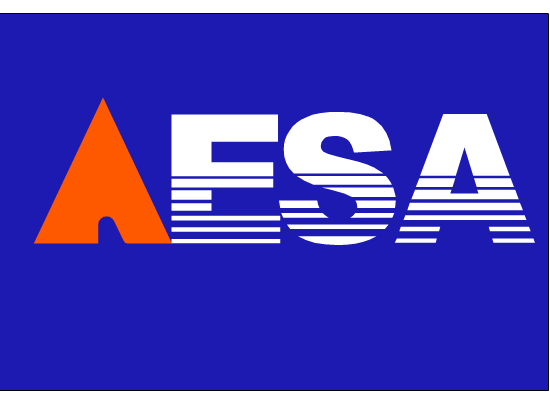Research on the Effects of Gluteal Activation Exercises on Volleyball Players’ Knee Joint Muscle Strength, Proprioception and Dynamic Balance
Poster
Keywords:
gluteal activation, isokinetic test, proprioception, dynamic stability, volleyball playersAbstract
With the development of functional training and the continuous application and improvement of sports training, the importance of gluteal muscles in sports has been gradually recognized, especially its role in preventing injury and improving pain. In volleyball, athletes' knee injuries and pains account for the highest proportion of all sports injuries. For volleyball players who need to take off frequently and stay in a half-squat position, once knee injuries occur, the athlete's injury will be affected. The level of competition has a huge impact.
The purpose of this study is to explore whether gluteal activation exercises have an impact on volleyball players' knee joint muscle strength, proprioception and dynamic balance, thereby increasing joint stability and reducing sports injuries by adding gluteal activation exercises to volleyball players during training and before games. Using the method of literature, experimental research and mathematical statistics, this paper takes 14 members of the men's volleyball team of Beijing Sports University as the experimental objects, and randomly divides the experimental subjects into an experimental group and a control group, with 7 people in each group. The experimental intervention lasted for 6 weeks. The experimental group was given gluteal activation exercise intervention, and the control group was given static stretching exercises. Before and after the experiment, the knee joint muscle strength, proprioception and dynamic balance of the two groups of subjects were tested. Indicators include: relative peak torque of knee flexor and extensor at 60°/s and 180°/s speed and ratio of knee flexor and extensor torque, knee position perception difference and Y-Balance test scores. The test results of the experimental group and the control group before and after the experiment were analyzed by mathematical statistics, and the following conclusions were obtained:
(1) By activating the gluteal muscles and peripheral muscles, the movement ability of the hip joint is improved and strengthened, and the action pattern of the volleyball player is optimized, so that the weak knee flexor muscle of the volleyball player can be improved, and the knee flexor and extensor muscles tend to be balanced and obtained. Balance development and maintain knee stability.
(2) The gluteal activation exercise can effectively improve the joint position sense of the knee joint of volleyball players, strengthen the sensitivity of proprioceptors through the activation of muscles, mobilize the control of the nervous system on muscles, improve the proprioceptive function of volleyball players, and make volleyball players in The knee joint can be kept relatively stable during exercise.
(3) By effectively activating the gluteal muscles, making them actively participate in exerting force during exercise, strengthening the stability of the hip joint and the control ability of the body posture, improving the dynamic balance ability of the lower limbs of the volleyball players, and enhancing the transmission efficiency of power.
(4) The gluteal activation exercise can effectively improve the problem of volleyball players' knee joint muscle imbalance, improve the proprioceptive function of the athlete's knee joint, strengthen the dynamic balance ability of the lower limbs, and comprehensively improve the function and stability of the knee joint, thereby reducing the volleyball player's knee joint. Risk of knee sports injuries in athletes.
Downloads







